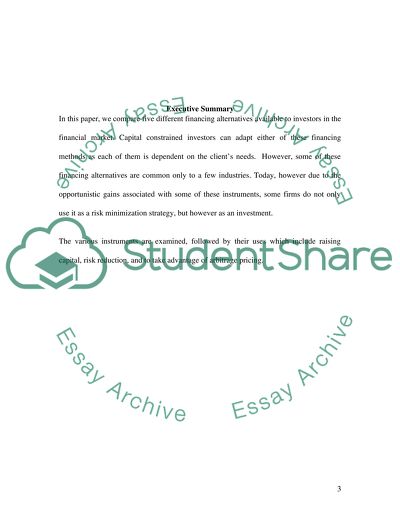Cite this document
(“Financial Management Foundations Essay Example | Topics and Well Written Essays - 1500 words”, n.d.)
Financial Management Foundations Essay Example | Topics and Well Written Essays - 1500 words. Retrieved from https://studentshare.org/miscellaneous/1513698-financial-management-foundations
Financial Management Foundations Essay Example | Topics and Well Written Essays - 1500 words. Retrieved from https://studentshare.org/miscellaneous/1513698-financial-management-foundations
(Financial Management Foundations Essay Example | Topics and Well Written Essays - 1500 Words)
Financial Management Foundations Essay Example | Topics and Well Written Essays - 1500 Words. https://studentshare.org/miscellaneous/1513698-financial-management-foundations.
Financial Management Foundations Essay Example | Topics and Well Written Essays - 1500 Words. https://studentshare.org/miscellaneous/1513698-financial-management-foundations.
“Financial Management Foundations Essay Example | Topics and Well Written Essays - 1500 Words”, n.d. https://studentshare.org/miscellaneous/1513698-financial-management-foundations.


